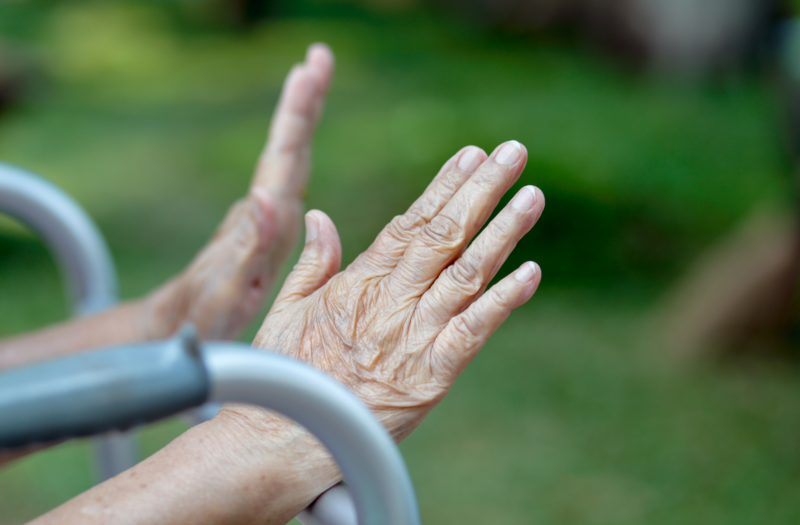Did you know that a strong or weak hand grip may measure an individual’s risk of a heart attack or stroke, or dying from cardiovascular disease?
Strong grip strength is important for more than just social reasons. A study published in The Lancet, which followed 140,000 adults ages 35 to 70 over four years, found grip strength was a better predictor of death or cardiovascular disease than blood pressure.
We rely on our grip strength every day for many activities. It helps us open bottle lids, hold a knife to cut veggies, grip a golf club, hold a pen and carry our groceries. The ability to stay independent and continue doing activities we love depends on the strength in our hands.
Research published in the Journal of Hand Therapy in October 2016 suggests grip strength has been declining in both men and women.
It showed that women aged 20-24 had weaker grips than women of the same age in 1985, and men under age 30 had weaker grips than young men in 1985. Researcher Elizabeth Fain, of Winston-Salem State University, attributed the changes to technology-related work that did not exist in 1985 when the first norms of grip strength were established.
For most, grip strength begins to decline aged 55. This change may be associated with natural age-related decline in muscle mass.
In addition to normal ageing, poor grip strength can also be due to diseases such as osteoarthritis or rheumatoid arthritis and medical conditions such as nerve damage or tendinitis in the hands or wrists.
Grip strength may also predict your future loss of mobility, as was found in another study of 20,000 adults aged 65 and over, where data was used to evaluate the link between weak grip strength and lack of mobility (reflected by walking speed).
It was found that men in the group with weak grip strength (less than 26kg of force measured on a dynamometer) were seven times more likely to be facing mobility issues compared with men who had normal grip strength.
The average grip strength for men is about 46kg and females about 23kg, but a grip strength of only 4kg is required to perform 90% of activities of daily living.
If you’re concerned about your grip strength, consider how well you perform daily chores using your hands. Can you lift a pot off the stove easily? Do you have problems opening jars or turning door knobs?
The following exercises work on strengthening your fingers and thumbs and improve the strength, flexibility and range of movement in your hands. They can be done in a few minutes. Aim to do them 2-3 times a week, with a day or two of rest in between.
Speak to your physiotherapist if you are experiencing ongoing pain, stiffness or weakness, or if you’d like to progress your exercises to some that challenge you a little more, and therefore build muscle strength.
A physiotherapist can do an in-depth assessment and provide targeted exercises for you.
Pinching exercises
Press the pads of your thumb and index finger together as if to crack open a peanut. Hold this pressed firmly for 30 seconds. Release and do same with middle finger and thumb, then ring finger and thumb, and lastly little finger and thumb. Do both hands one at a time.

Face washer wringing
Wet a face towel or cloth and, using both hands, wring out the water. Do in both directions as in picture. Wring as much water out as possible. Repeat 5-10 times.

Squeezes
Squeeze a soft stress ball between the fingers and thumb of one hand. Hold for 30 to 60 seconds. Do as many as you can before your hands get a little tired. Repeat with other hand.

Article written by Esther Ram, TPC Physiotherapist
* Reference: The Lancet: Grip Strength and Mortality and Prognostic Value of Grip Strength.

 1300 797 793
1300 797 793
